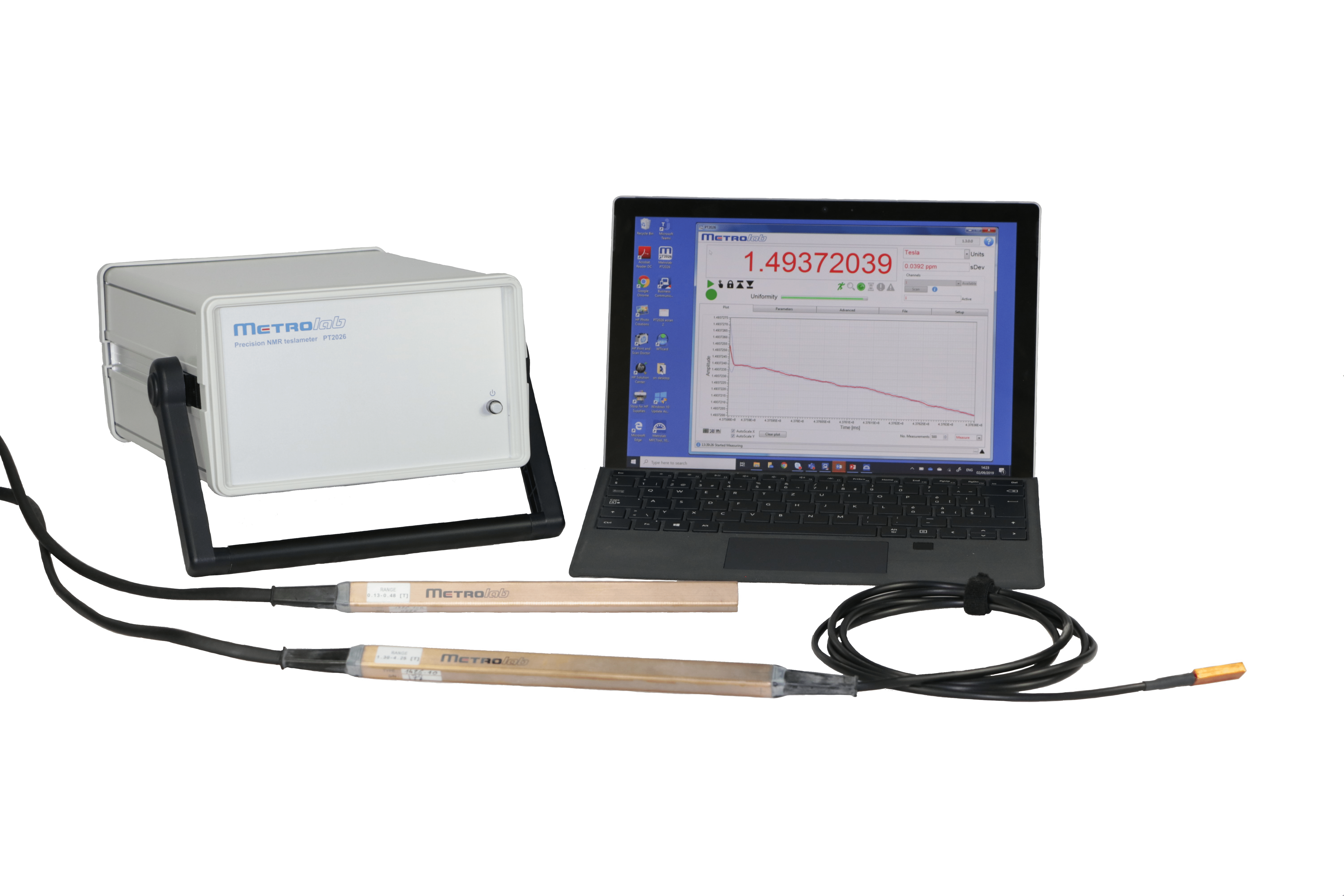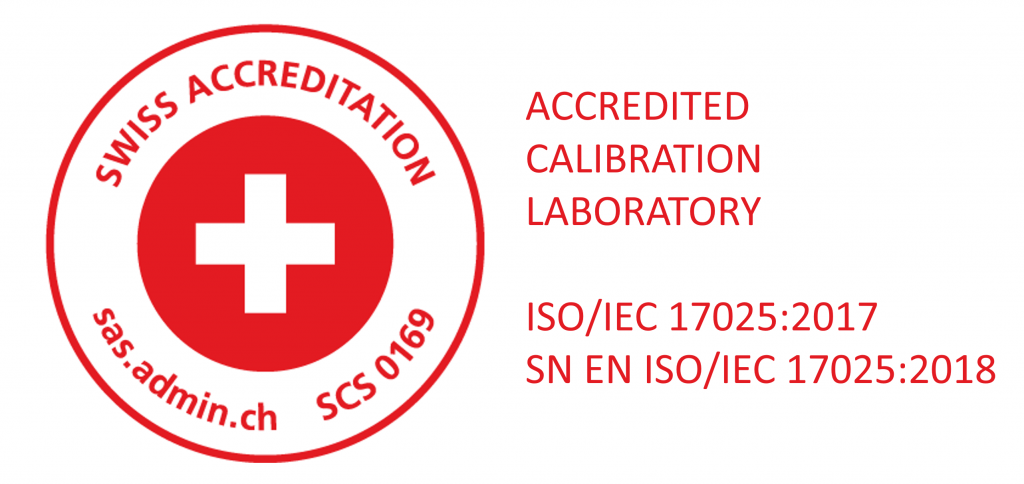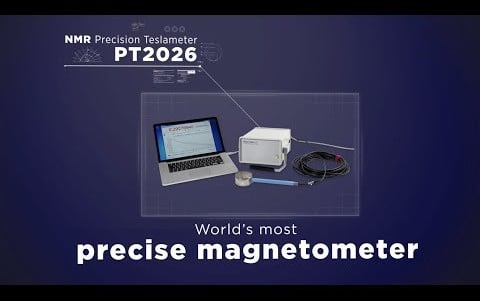Nuclear Magnetic Resonance
& Electron Paramagnetic Resonance
Metrolab is primarily known for its precision NMR teslameters. These can also use EPR probes to measure low magnetic fields. In this section, we want to tell you a little more about these – our – technologies.
How NMR magnetometers work
15 minutes
Advantages
No drift
Reads total field
Extremely precise
Constraints
Requires uniform, DC or slowly varying fields
Low-field NMR requires large sample size (alternative is ESR)
A quantum effect
If a nucleus has spin, it tends to align itself to an external magnetic field. However, by giving it exactly the right additional amount of energy, the nucleus can be induced to flip into the opposite spin state. Nuclear Magnetic Resonance (NMR) occurs when a radio-frequency field applied to a sample is just the right frequency – called the Larmor frequency – to induce this spin-flip. Electron Paramagnetic Resonance (EPR) is a similar effect, with an electron rather than a nucleus.
Gyromagnetic ratios
It turns out that the energy difference between the aligned and counter-aligned nuclear states depends linearly on the field strength. Thus the ratio of the resonant frequency to field strength is a physical constant, called the gyromagnetic ratio (gamma). It is approximately 42.5 MHz/T for protons (hydrogen nuclei).
Other nuclei also exhibit NMR, but with a different gamma, for example, 6.5 MHz/T for deuterium and 40 MHz/T for fluorine. EPR has a much higher gamma, approximately 28 GHz/T.
The perfect magnetometer
The heart of an NMR magnetometer is simply a coil wrapped around a sample material. The coil provides the RF energy needed to induce spin flips in the sample. Setting the axis of the coil perpendicular to the field enables the acquisition of the best response. The resolution is limited only by the resonance width, which, depending on the sample material, can be very narrow indeed, on the order of 1 Hz.
Besides, NMR always measures total field strength, rather than a single component. Last but not least, since the gyromagnetic ratio is a physical constant, the NMR magnetometer has practically no drift and requires no calibration.
Continuous- versus pulsed-wave
There are two fundamental methods of detecting Nuclear Magnetic Resonance. The continuous-wave approach is like tuning a radio: we slowly adjust the frequency until we “tune in” the resonance. To be able to detect it, we must cross and re-cross the resonance frequency, which means we must modulate either the frequency or the magnetic field.
The pulsed-wave approach, on the other hand, is like ringing a bell: we strike the sample with a broad-band pulse, and the sample absorbs and reradiates at the Larmor frequency. The pulsed mode approach requires modern, fast-switching electronics, but it is more straightforward and generally delivers greater precision.
Limitations: measurement rate
After a resonance, the sample is usually allowed to shed the absorbed energy and regain its original, spin-aligned state. This limits the measurement rate to around 10-100 Hz. Also, to reduce the variability, many such measurements are often averaged together, yielding effective measurement rates approaching a second. Therefore, NMR is usually only useful for slowly changing fields.
Field uniformity
If the field is not uniform, one edge of the sample will resonate at a different frequency from the other side. The resonance peak broadens and flattens until it completely disappears in the noise. This phenomenon determines the field homogeneity limit of NMR.
Measurement range
There are also practical limitations to the useful range of NMR. For low fields, the nuclei are only weakly aligned, and the NMR response fades. The simplest solution is to use a larger sample, thereby increasing the number of participating spins; however, at a certain point, the sample size becomes impractically large for a general-purpose probe.
For high fields, the NMR response is excellent, but the instrument’s RF generator and the coil inductance impose an upper bound on attainable frequencies. To diminish inductance, the size and number of whorls in the coil are reduced. A practical limit is reached when the coil is reduced to a single tiny loop.
Tuning
The coil around the sample is an inductor, with a response that rolls off at high frequencies. If we add capacitance in parallel, we create an LC resonator, which, if tuned to coincide with the Larmor frequency, dramatically improves the sensitivity of the NMR signal detection. For this reason, NMR probes require tuning.
At Metrolab, we tune our NMR probes with a fixed capacitor or trim cap. In this case, the probe is manually tuned for a given frequency – as is the case, for example, for Metrolab’s Magnetic Field Camera. For our Precision Teslameter, we want a single probe to cover as broad a range as possible, and, in that case, we tune with an electronically controlled varicap. The dynamic range of the varicap imposes a practical limit to the measurement range of a single probe.
Changing sample materials
To extend the measurement range of NMR, we can use a sample with a different gamma. For example, a deuterium sample has a gamma that is a factor 6.5 lower than the proton’s, so the same frequency range will measure fields 6.5x higher. Conversely, an ESR sample, with a gamma 2.5 orders of magnitude higher than the proton’s, will measure magnetic fields 2.5 orders of magnitude lower. Unfortunately, both these sample materials have practical drawbacks compared to ordinary proton samples.
More technologies
Products
Related products
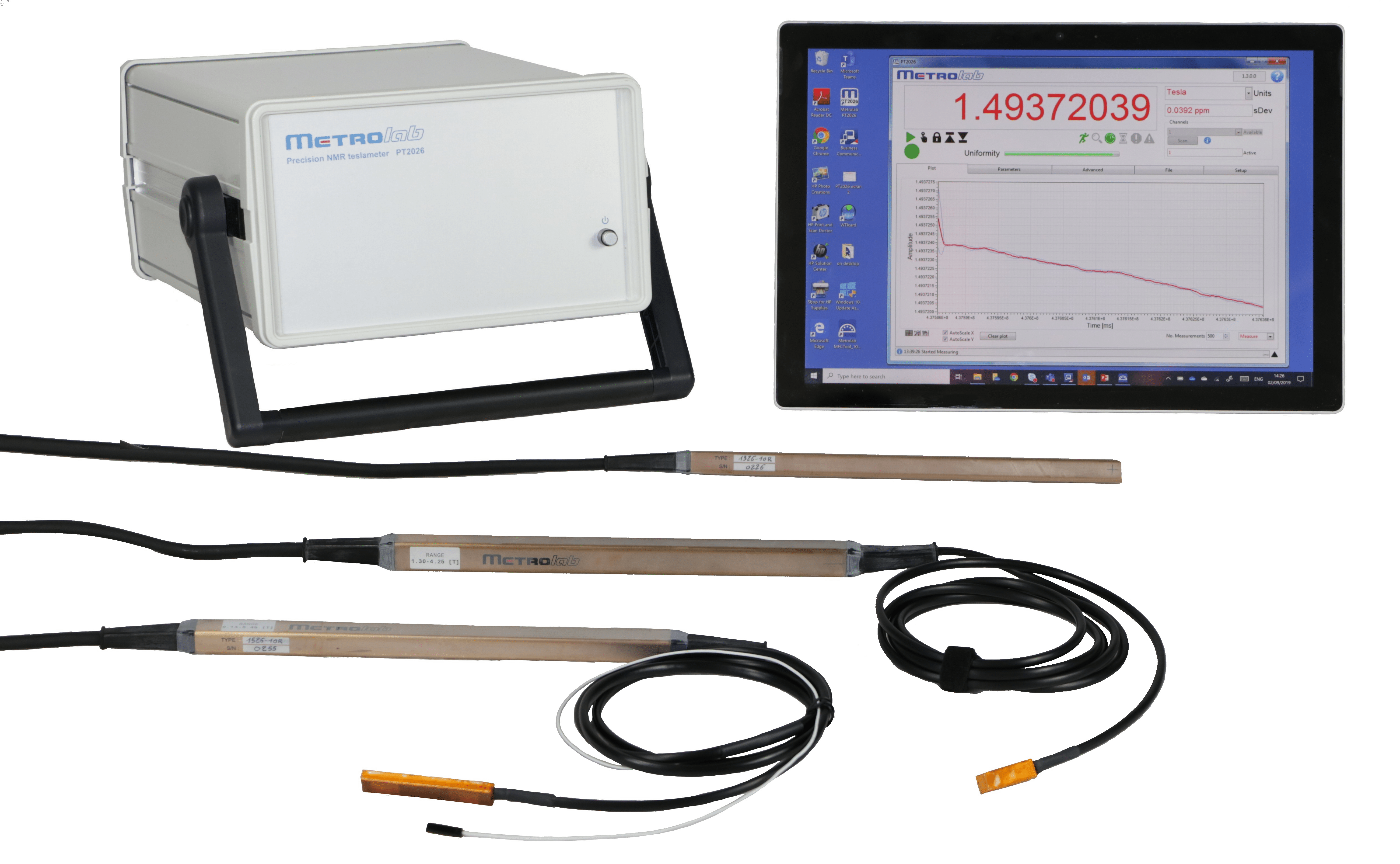
PT2026 Rmn Précision Teslamètre
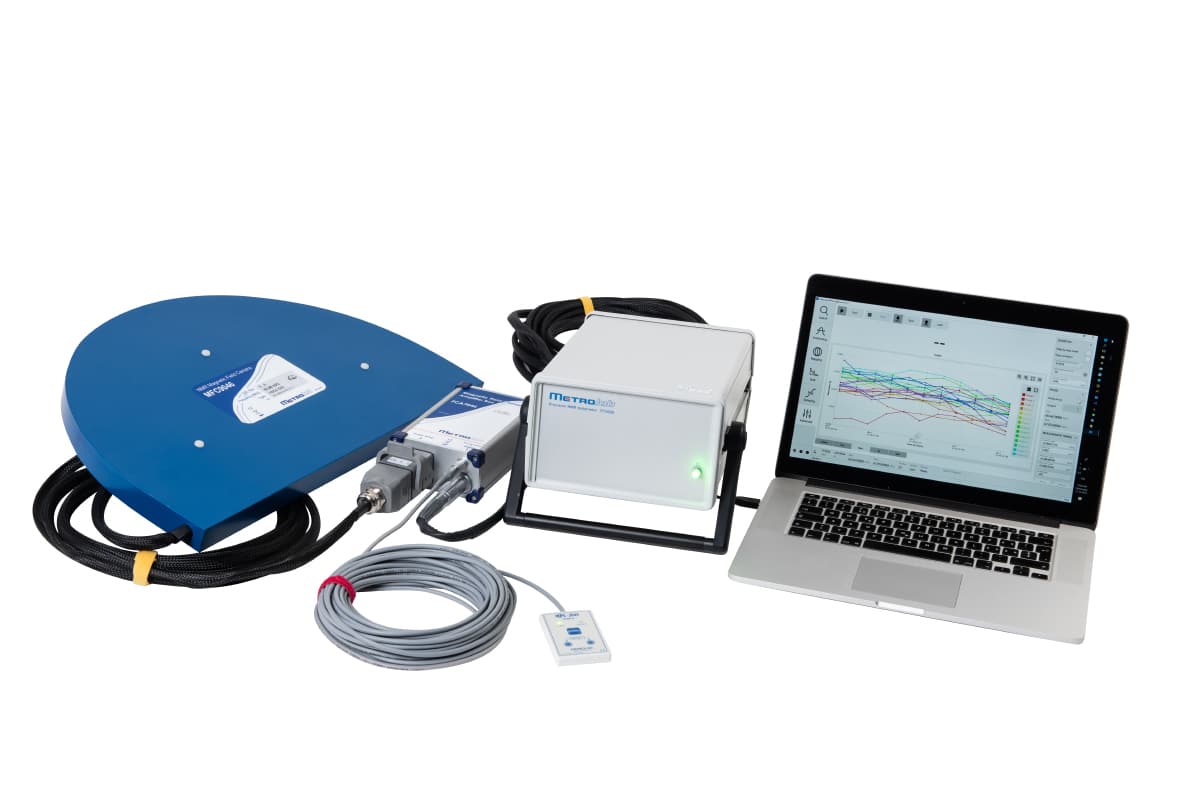
Caméra pour champ magnétique MFC2046
New-generation NMR field mappers, for MRI and small-bore magnets
Applications
Related applications
Science
Precision field measurement
MRI
Precision field mapping
Metrology
Reference field
Want to know more ?
Contact us for more information !
